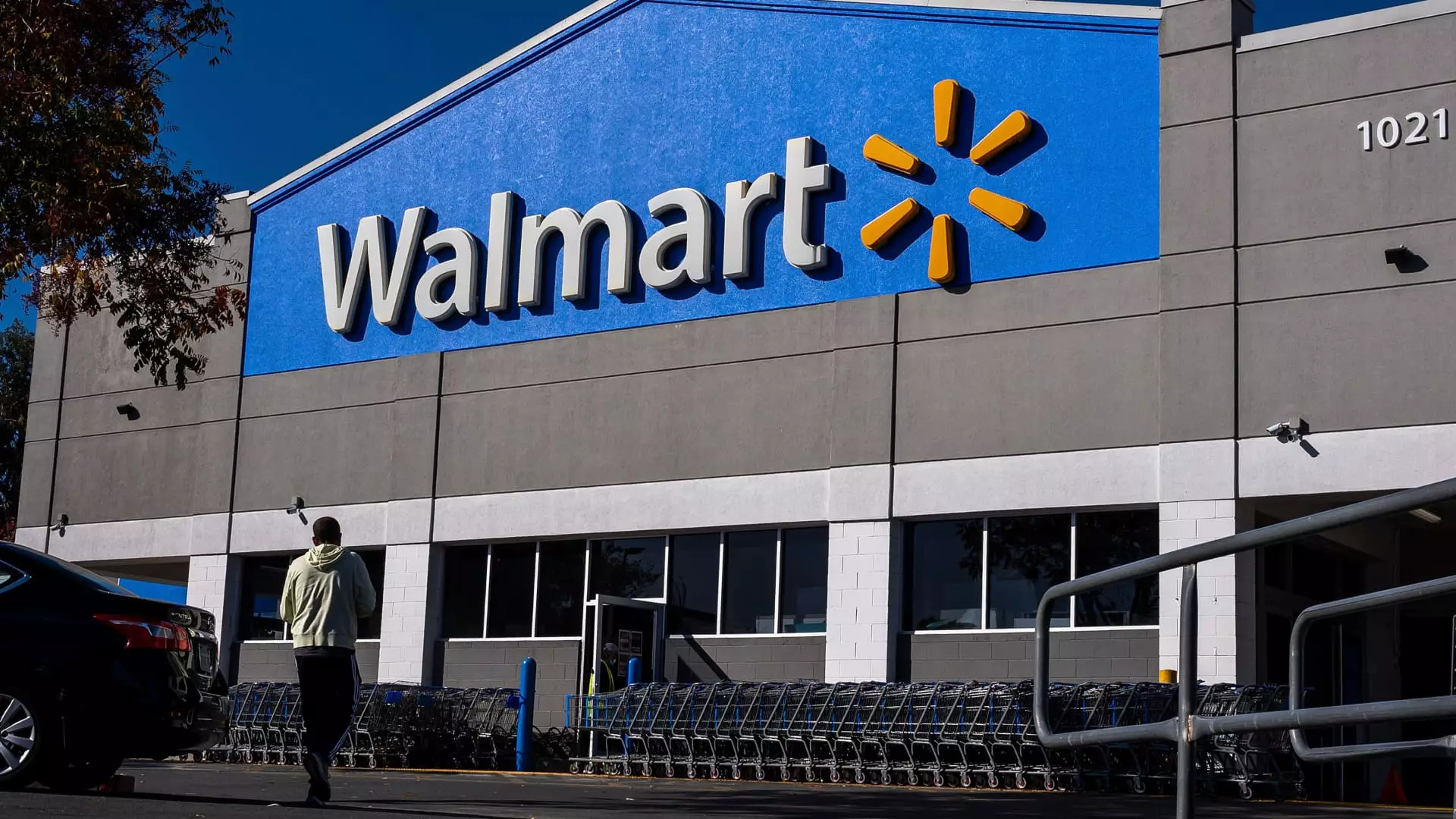The ongoing economic discourse surrounding proposed tariffs raises significant concerns for retailers across the U.S., particularly industry giants like Walmart. As talks of implementing tariffs gain traction under the Trump administration, Walmart’s Chief Financial Officer, John David Rainey, has voiced apprehension about potential price hikes that could impact consumers. This article delves into the implications of tariff policies on retailers, with a focus on Walmart’s operational strategies and market positioning.
In a recent interview with CNBC, Rainey emphasized the company’s commitment to maintaining its hallmark of “everyday low prices” despite the looming threat of increased tariffs on imports. He candidly noted that while raising prices is not a preferred strategy for Walmart, the reality is that certain products may become more expensive if the proposed tariffs are enacted. The uncertainty surrounding which products would be affected underscores a broader concern among retailers about the economic ripple effects of tariff policies on consumer pricing.
Tariffs, as described by National Retail Federation CEO Matthew Shay, could be viewed as a “tax on American families,” serving as a potential catalyst for inflation and job losses. This sentiment resonates with many retail leaders who foresee adverse outcomes stemming from blanket tariff measures. The juxtaposition of improving inflation rates in the U.S. with the threat of rising consumer prices creates a precarious situation for both retailers and consumers.
Responses from other retailers parallel Rainey’s caution; for instance, the CEO of E.l.f. Beauty indicated that heightened duties would necessitate adjustments to pricing strategies. Similarly, footwear manufacturer Steve Madden disclosed plans to decrease imports from China by nearly 45% in anticipation of the financial burdens posed by tariffs. Such strategic pivots illustrate the proactive measures that retailers are considering to mitigate impacts that could arise from tariff enactment.
However, it’s not just about adjusting import strategies. Walmart’s attempt to diversify its supply chain has been a crucial focus, with Rainey highlighting that approximately two-thirds of its inventory originates from the U.S. This strategic direction not only mitigates exposure to international tariffs but also aligns with a growing consumer preference for locally produced goods. Rainey remarked that the retailer has navigated a “tariff environment” for the last seven years, suggesting that they have developed adaptive responses to continuous economic changes.
As companies like Walmart navigate this shifting landscape, it becomes evident that comprehensive preparedness is paramount. CFO Brandon Sink’s comments from Lowe’s reveal a shared sentiment within the retail sector, wherein 40% of their costs derive from international sources. The uncertainty surrounding potential tariffs compels retail leaders to implement contingency plans to absorb or pass on potential costs to consumers.
Walmart’s leadership is keen on collaborating closely with suppliers to manage pricing dynamics effectively. This partnership approach aims to retain price competitiveness even in the face of increasing operational costs. The balance between maintaining low prices while dealing with inflationary pressures presents a complex challenge, but Rainey remains optimistic about the company’s resilience.
Looking beyond Walmart and other large retailers, the broader implications of tariff policies on the U.S. economy cannot be overlooked. An increase in consumer prices could diminish purchasing power, thereby affecting consumer sentiment and spending behavior. Retailers that rely heavily on imported goods will find themselves in a paradox of trying to sustain sales while potentially alienating price-sensitive customers.
As the dialogue around tariffs unfolds, Walmart and its peers must grapple with a mixture of uncertainty and strategic necessity. Walmart’s established operational frameworks, commitment to local sourcing, and agility in responding to market changes painted a picture of resilience. However, given the potential for price escalations and shifting consumer behaviors, the path forward requires careful navigation of both domestic and international challenges in the retail sector.


Leave a Reply